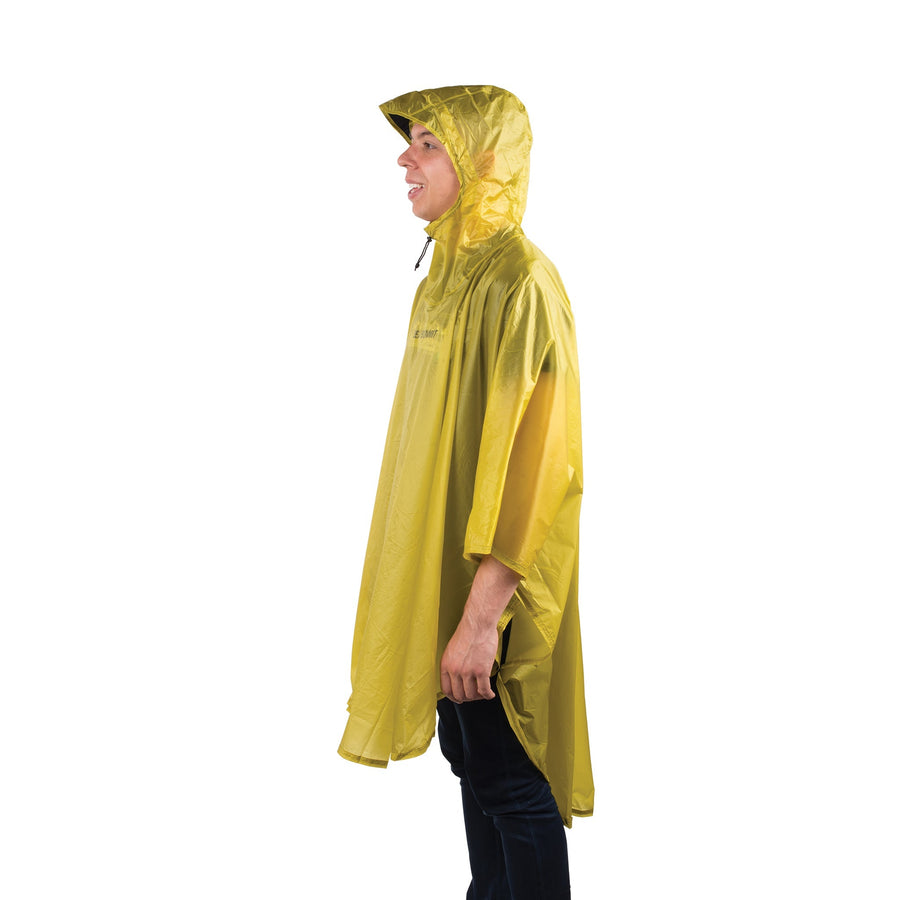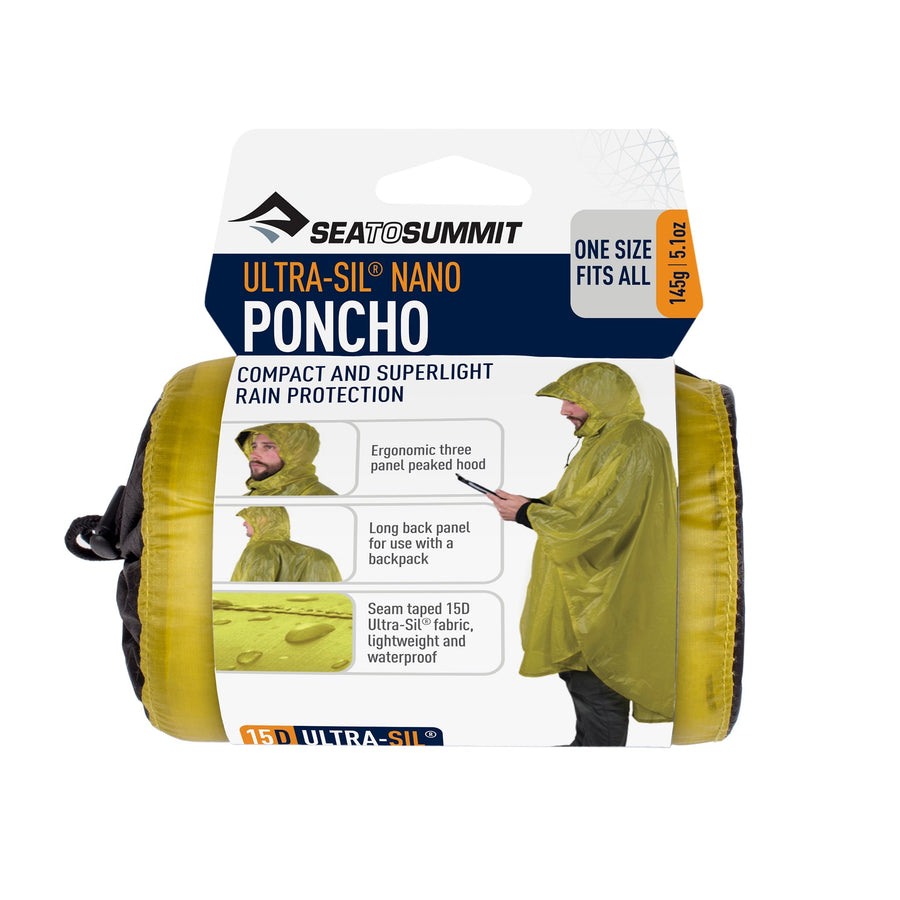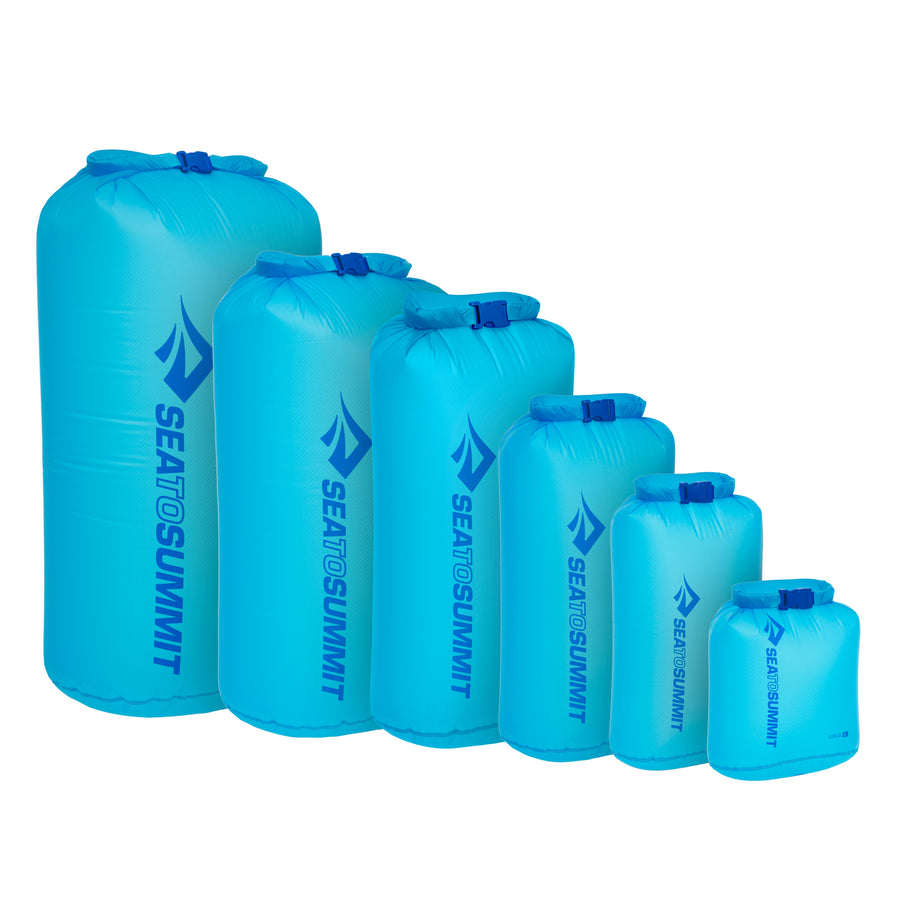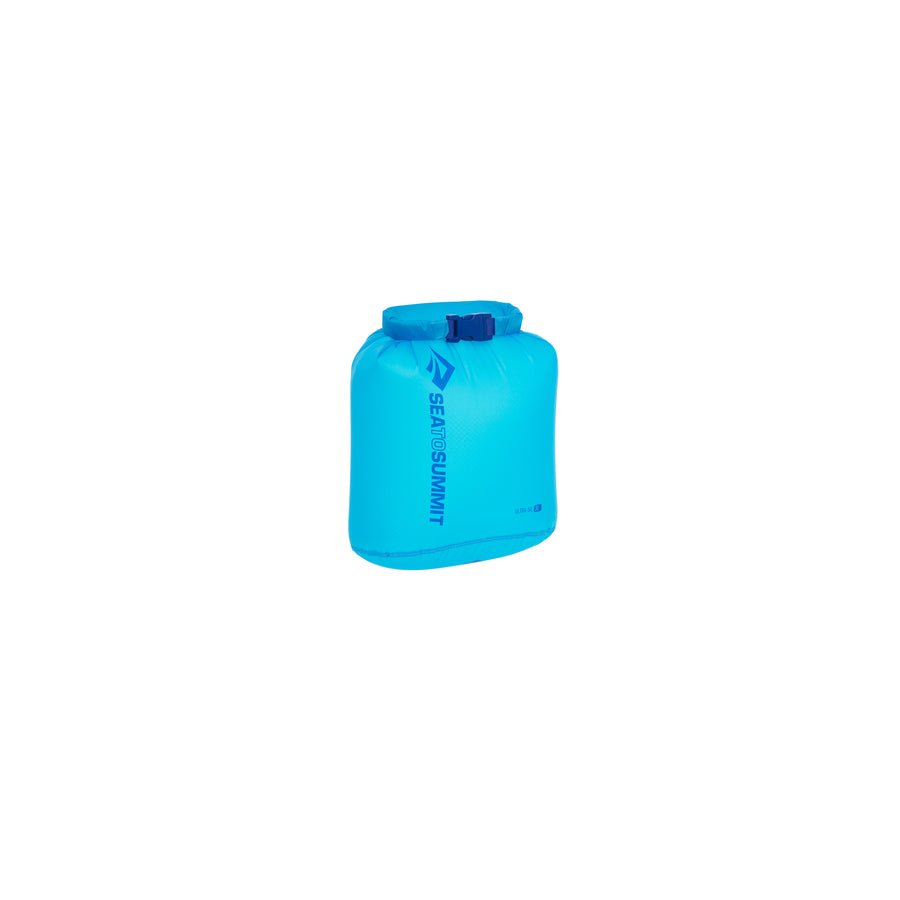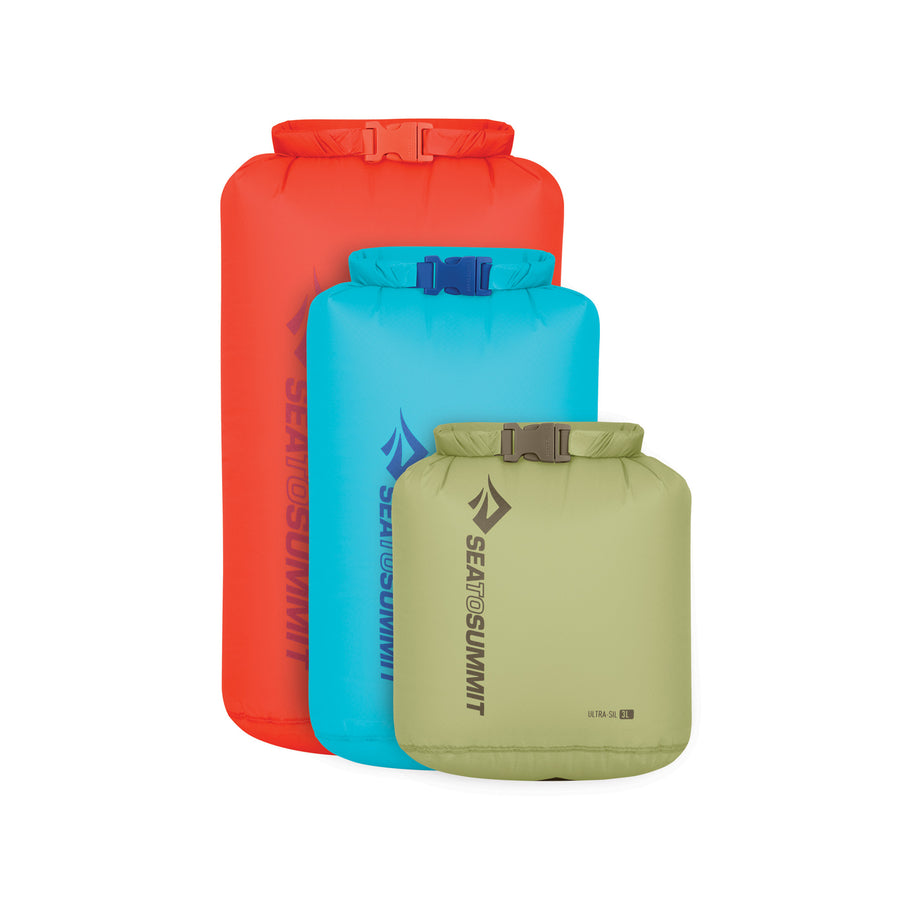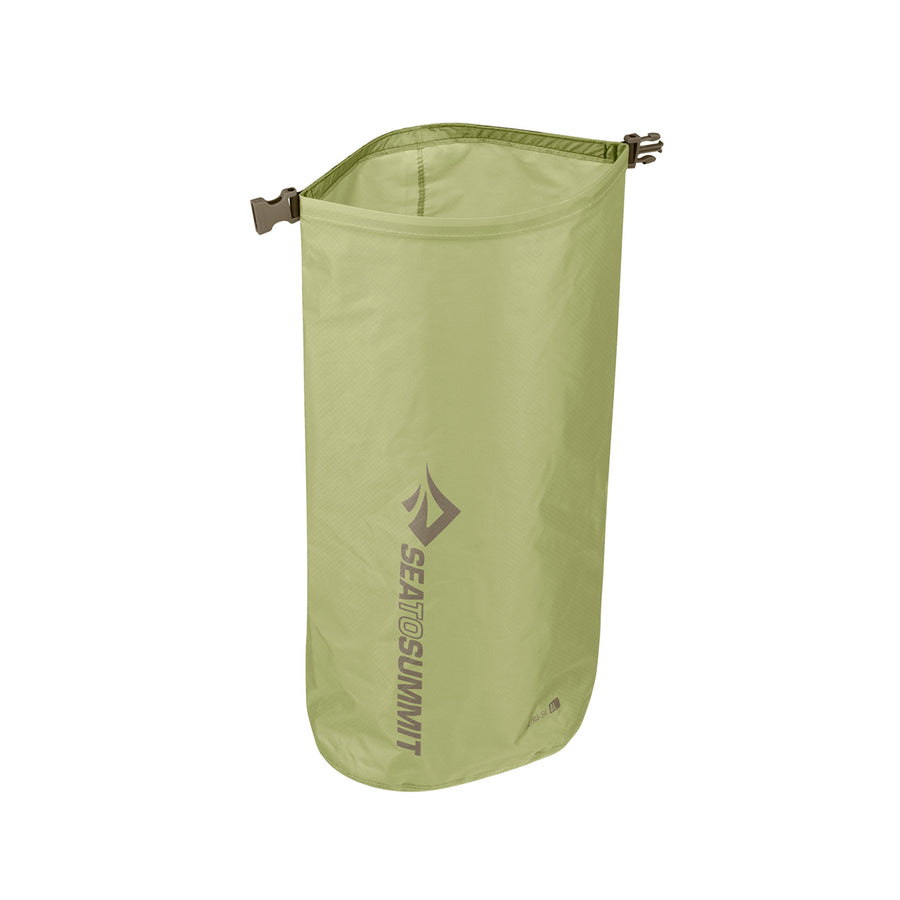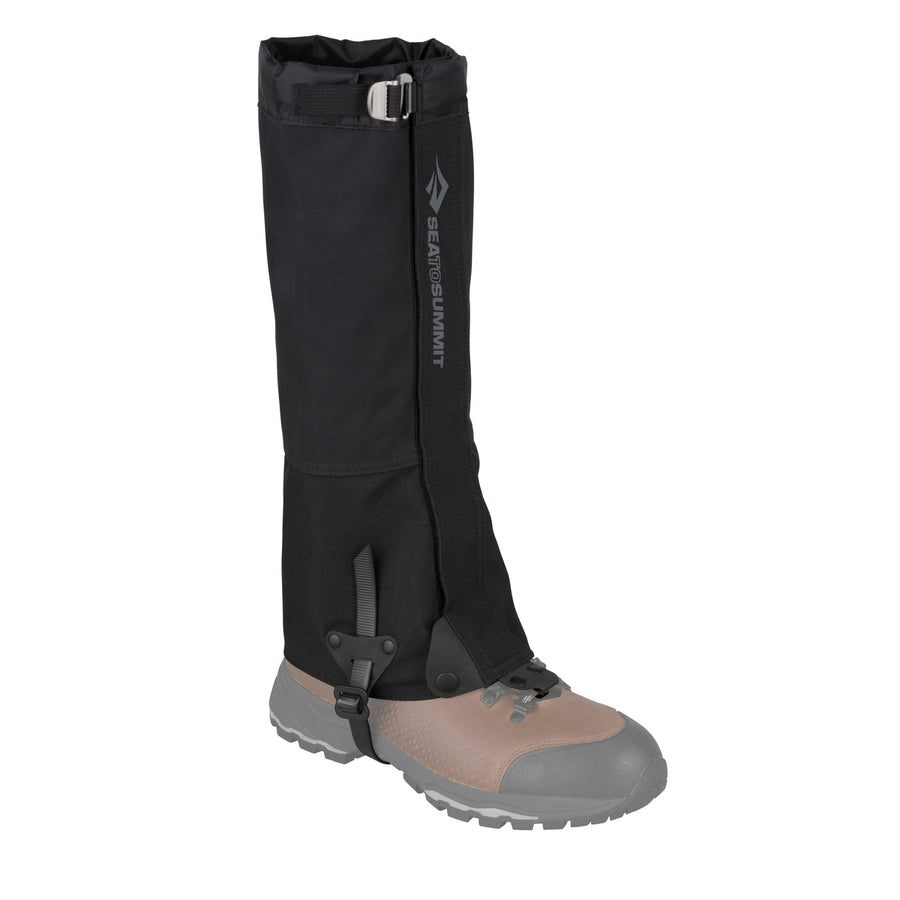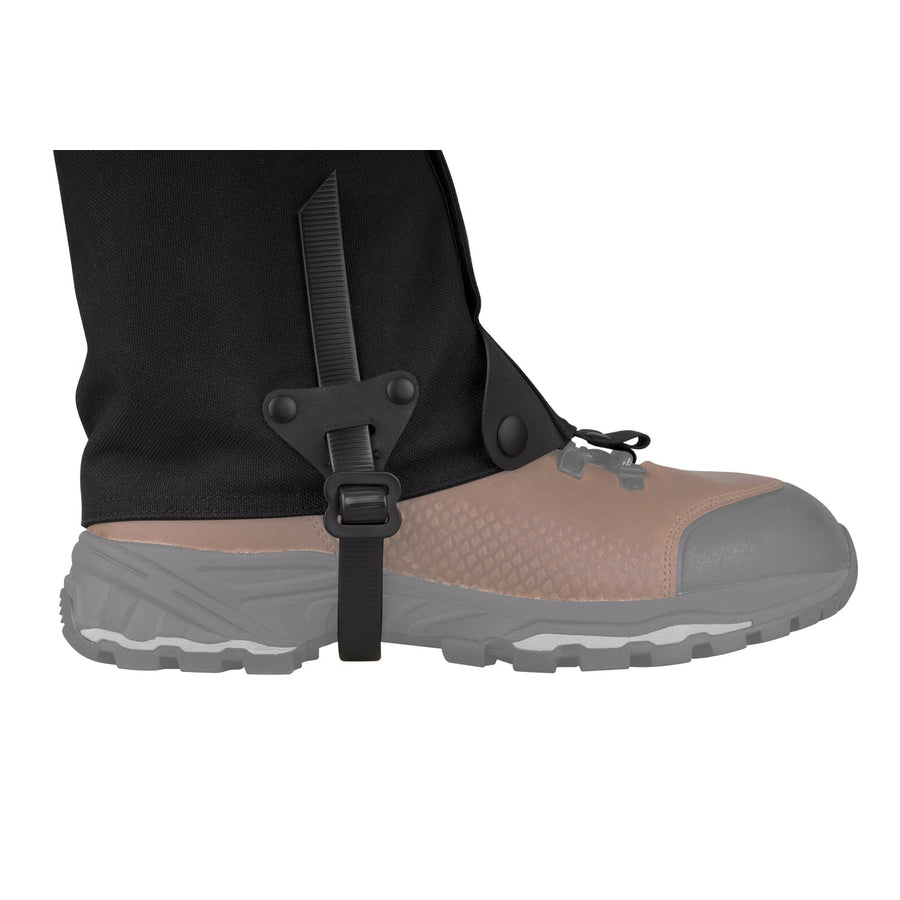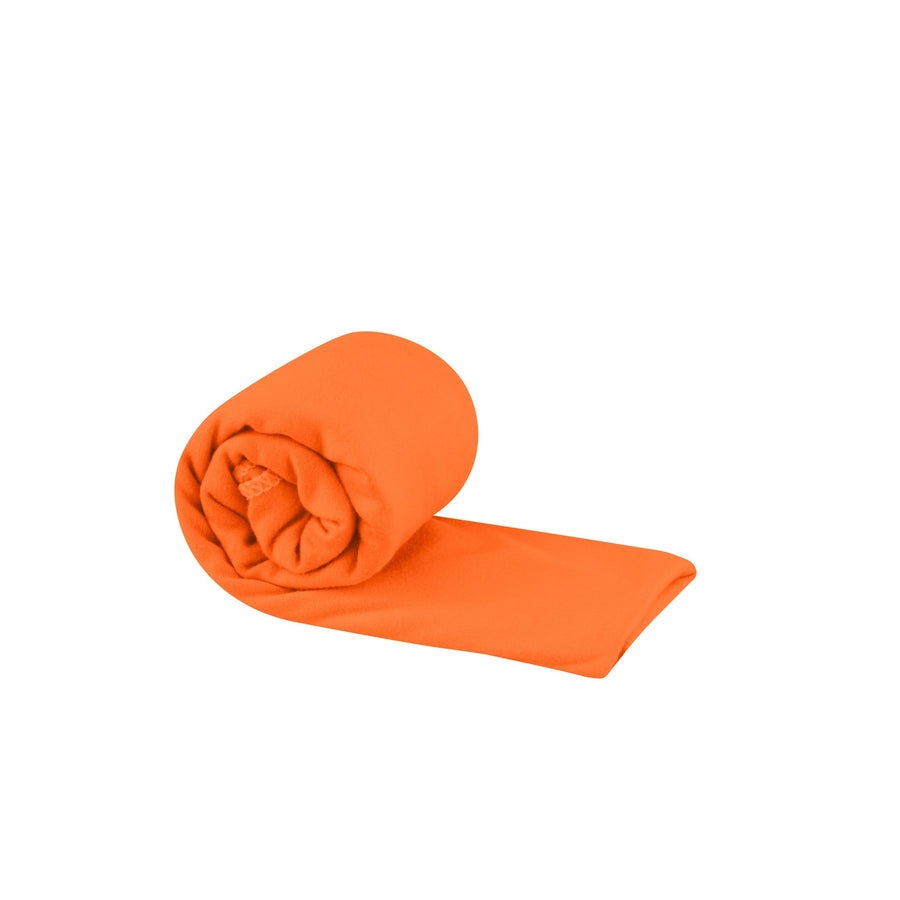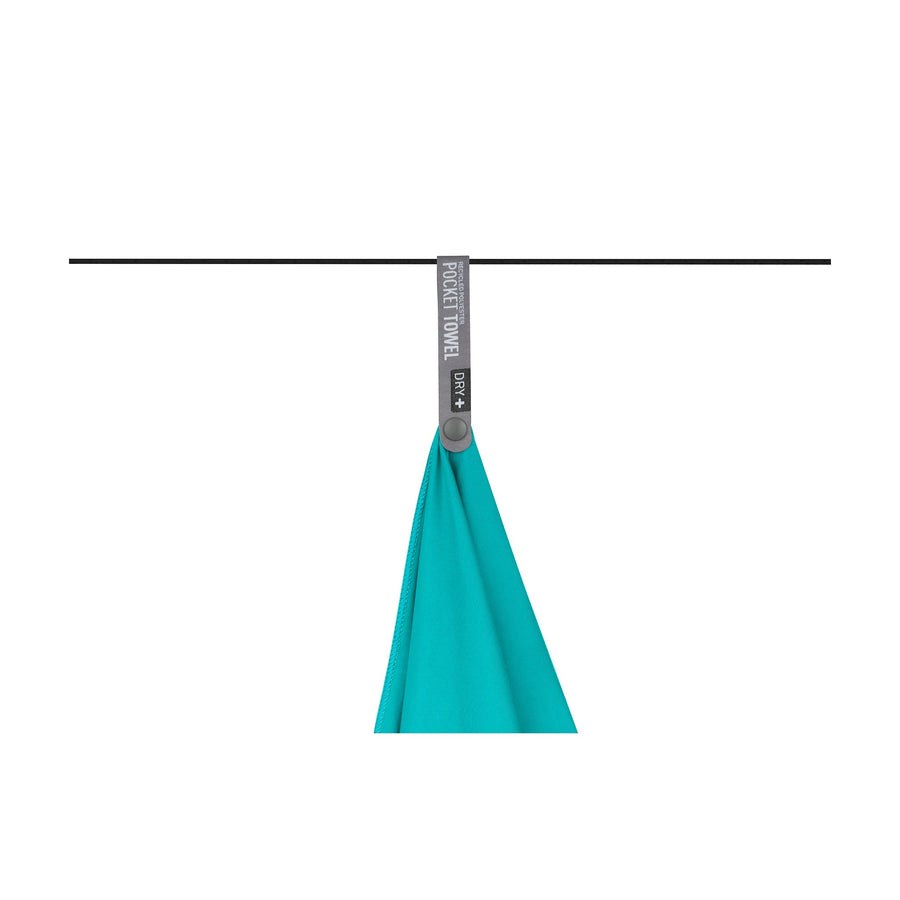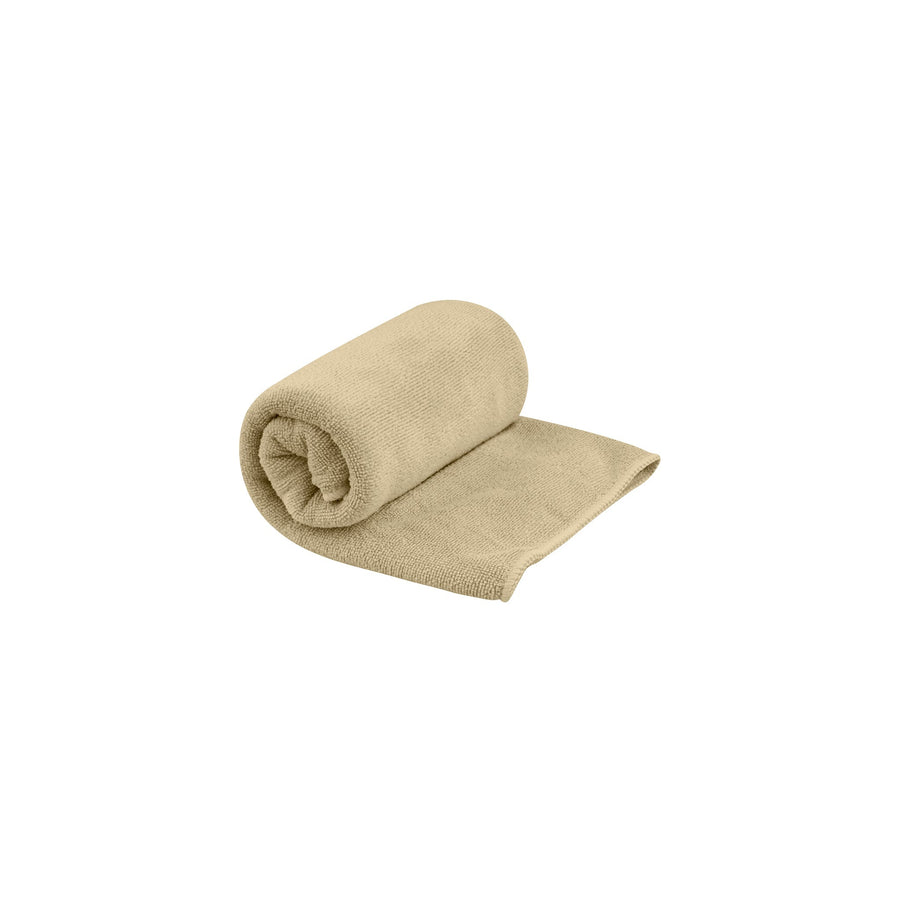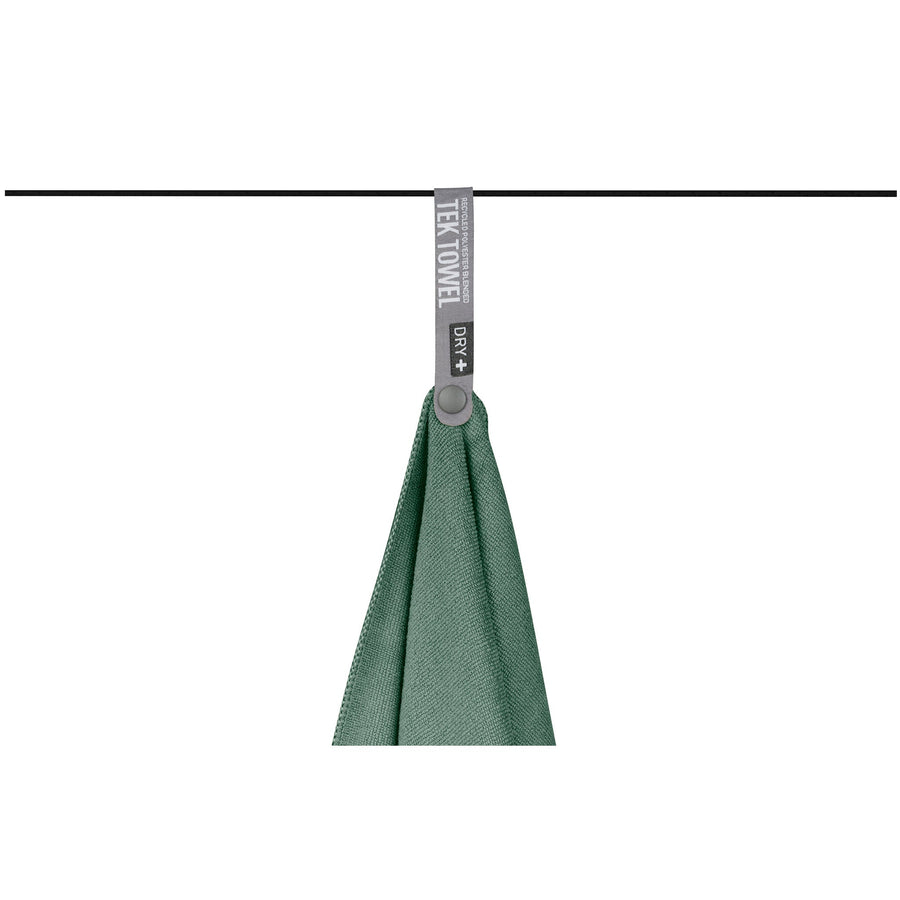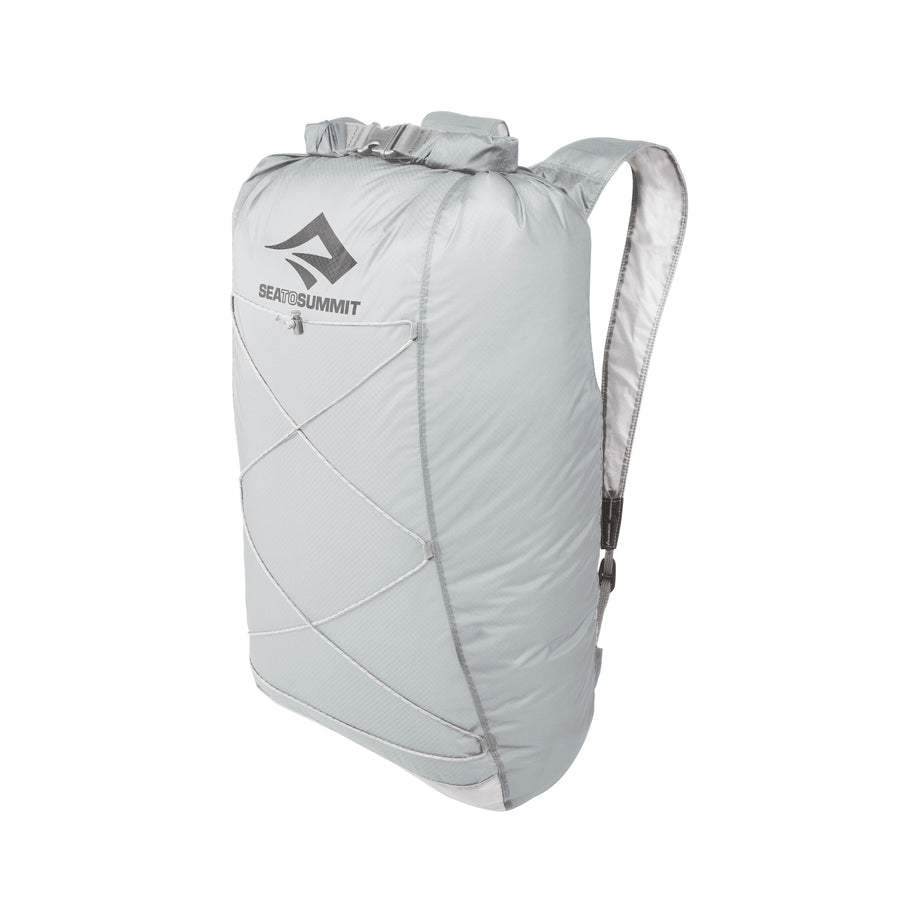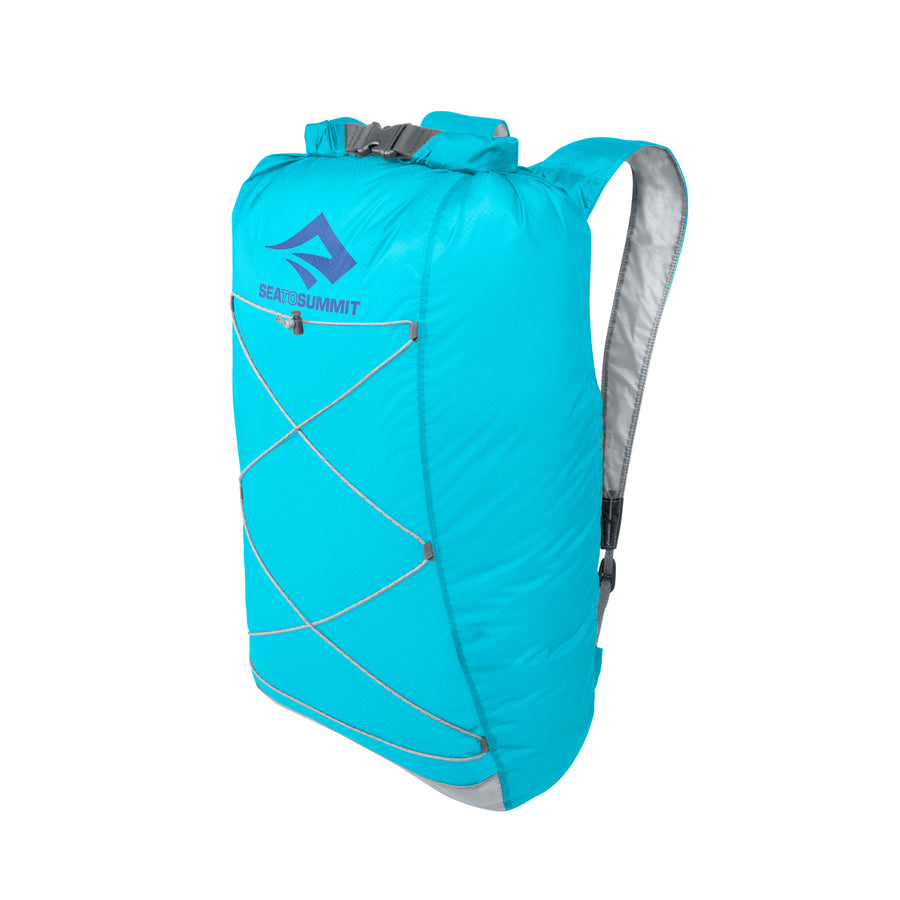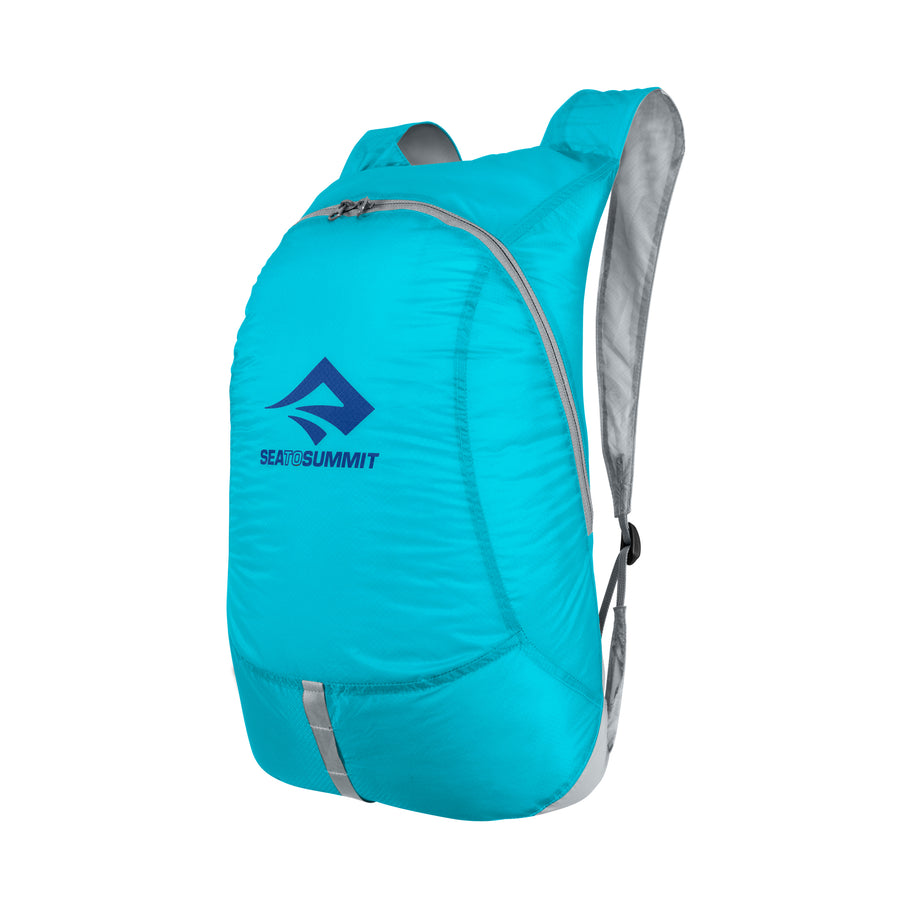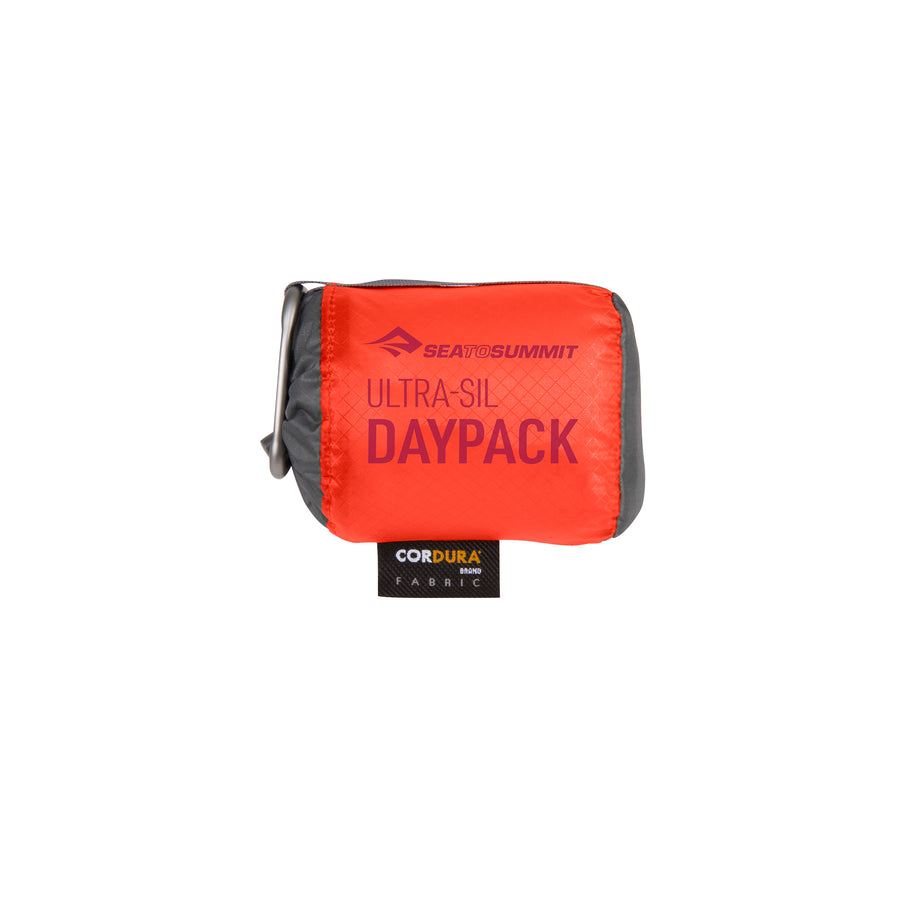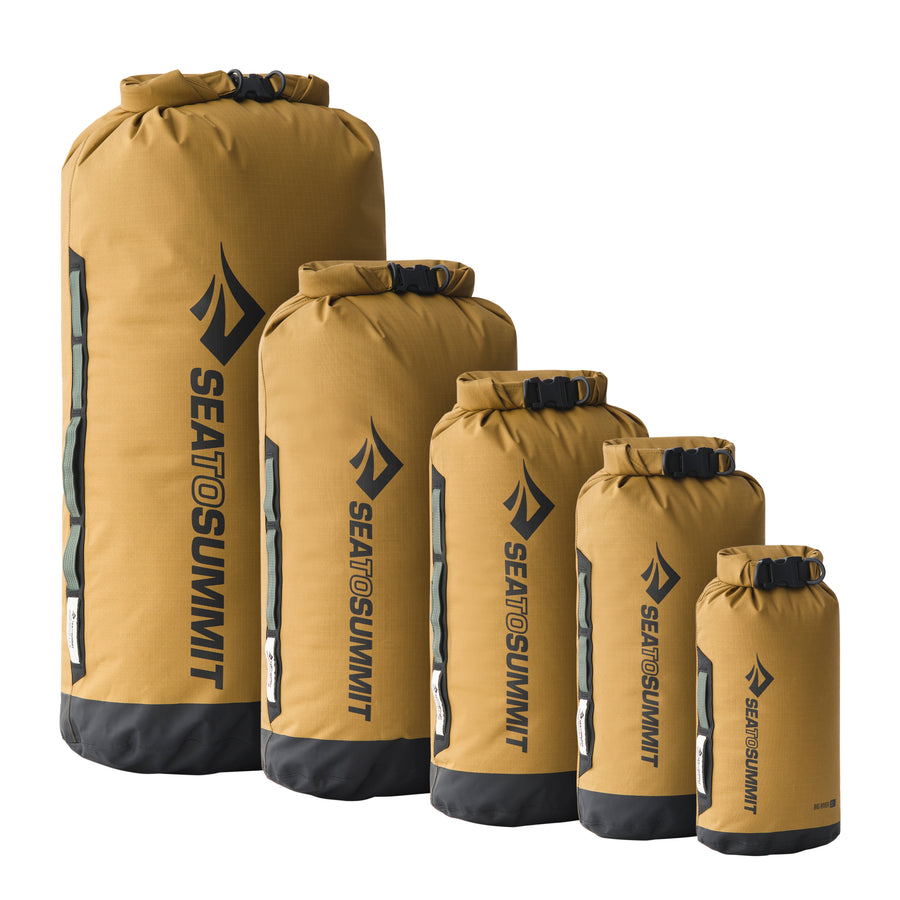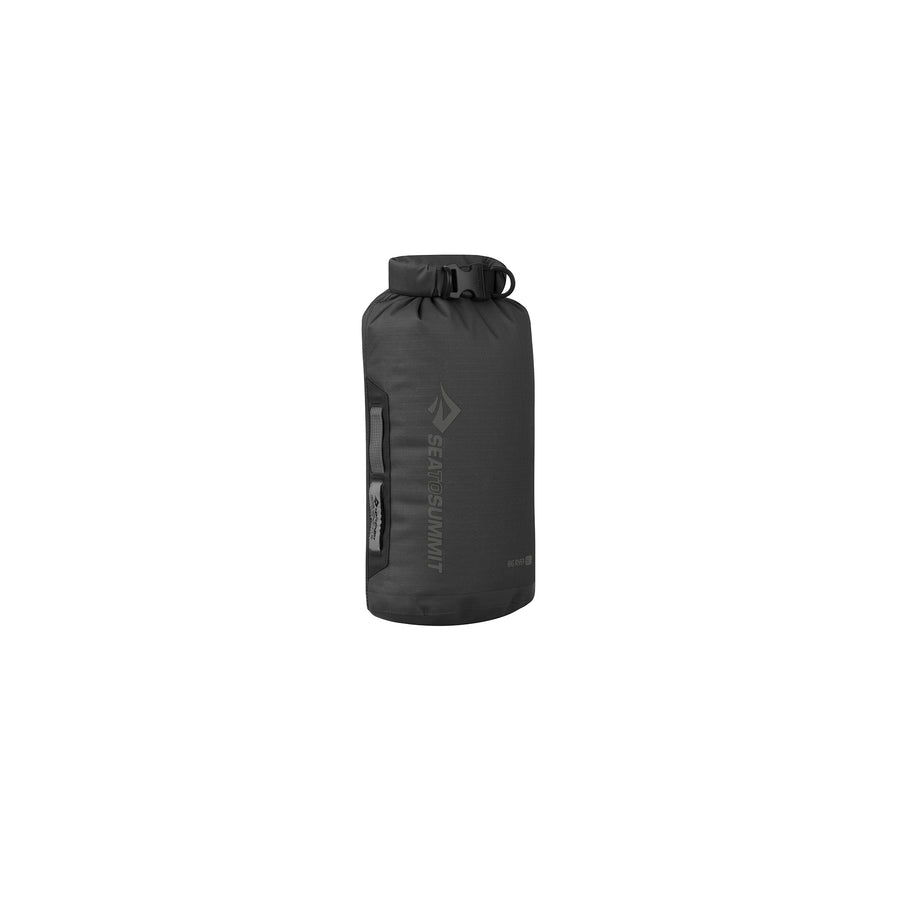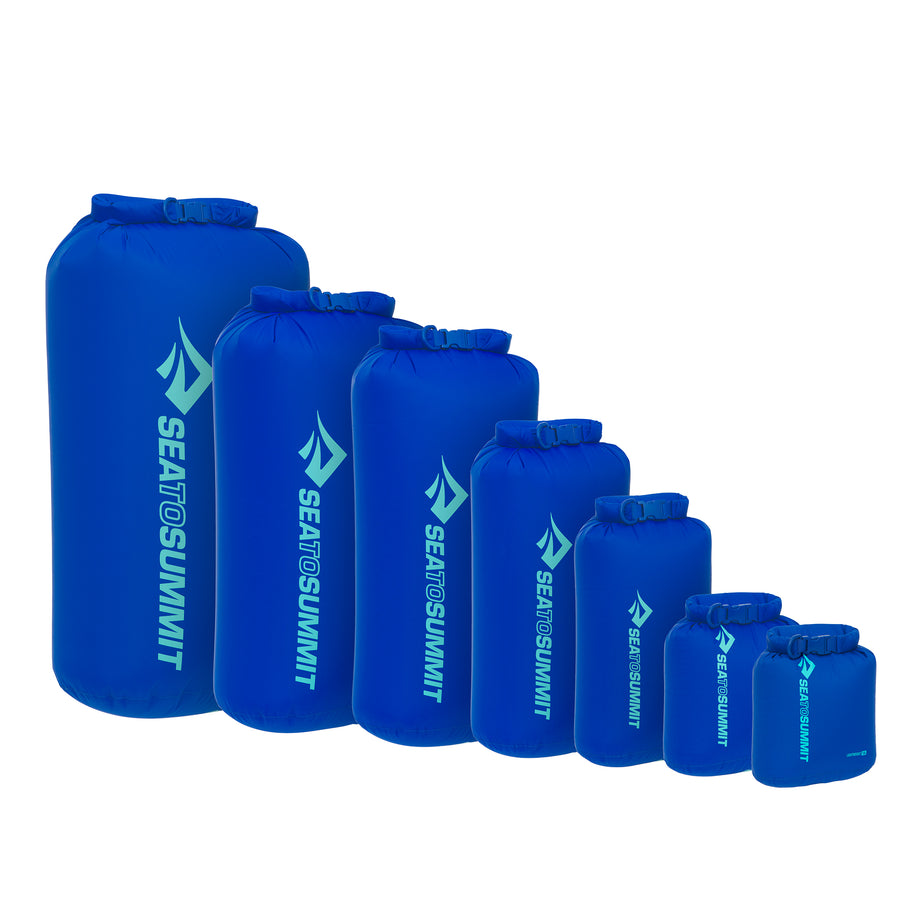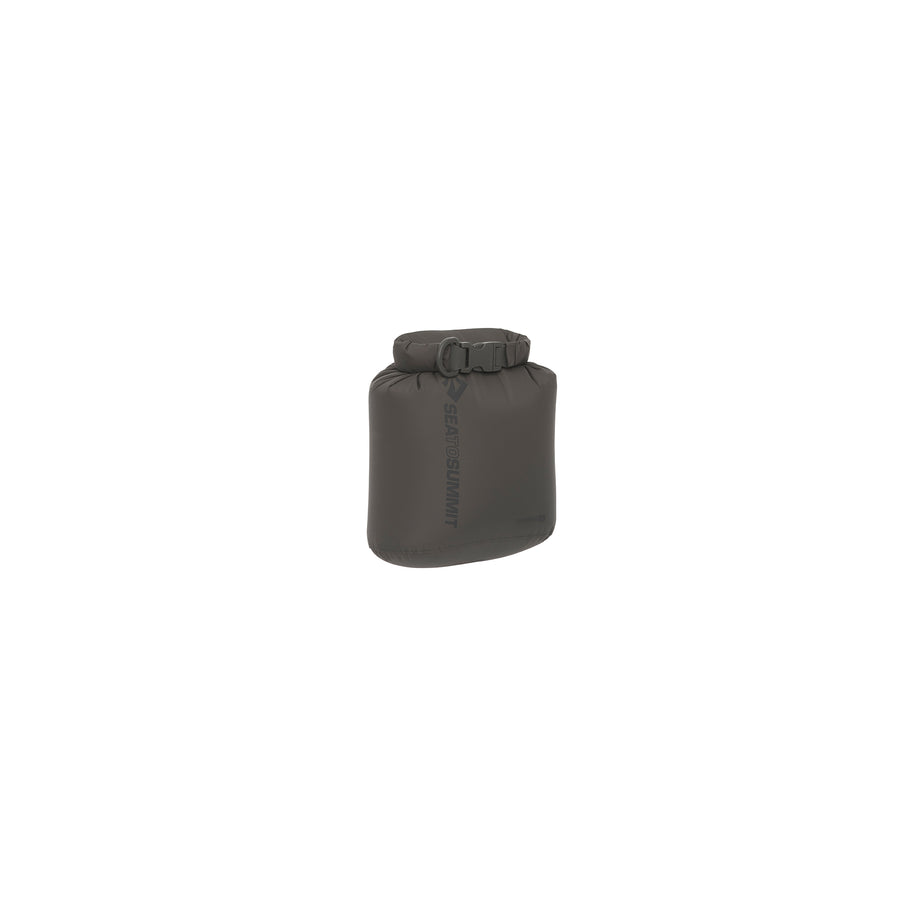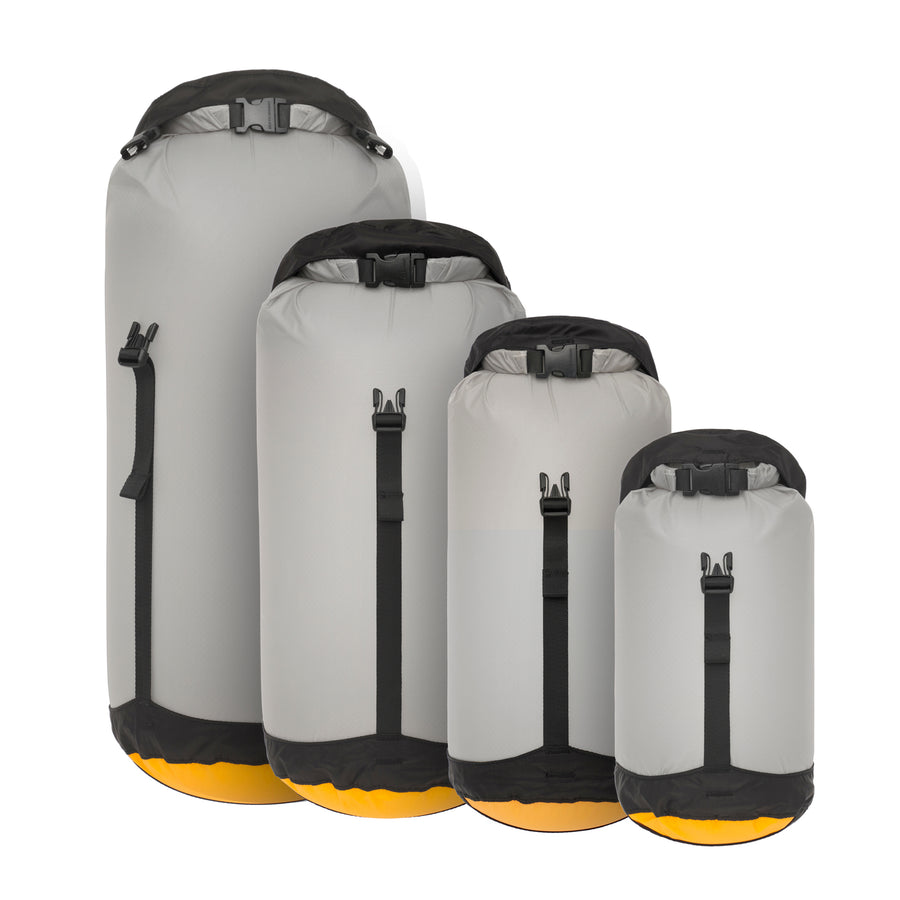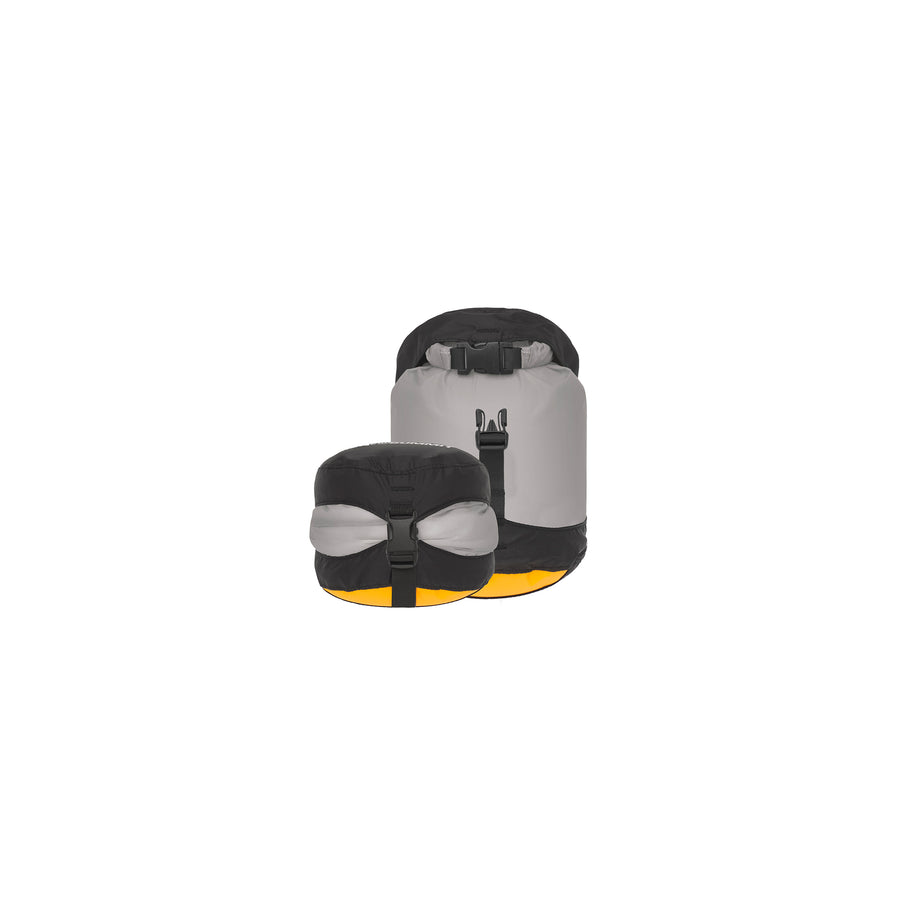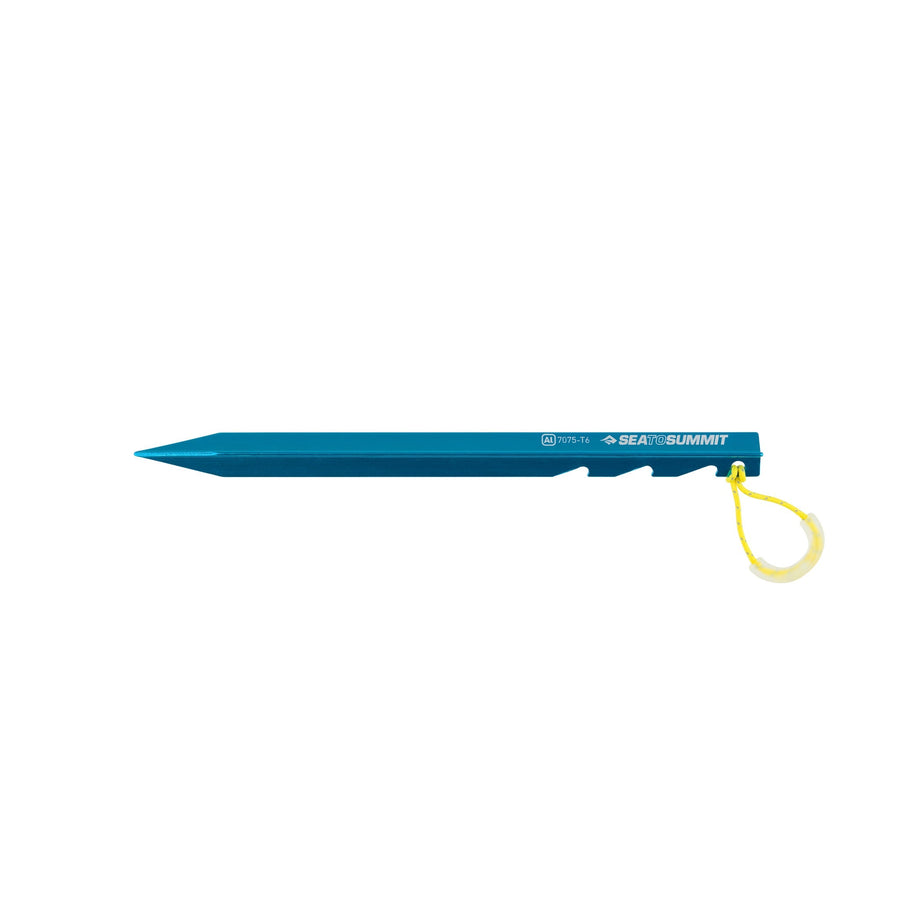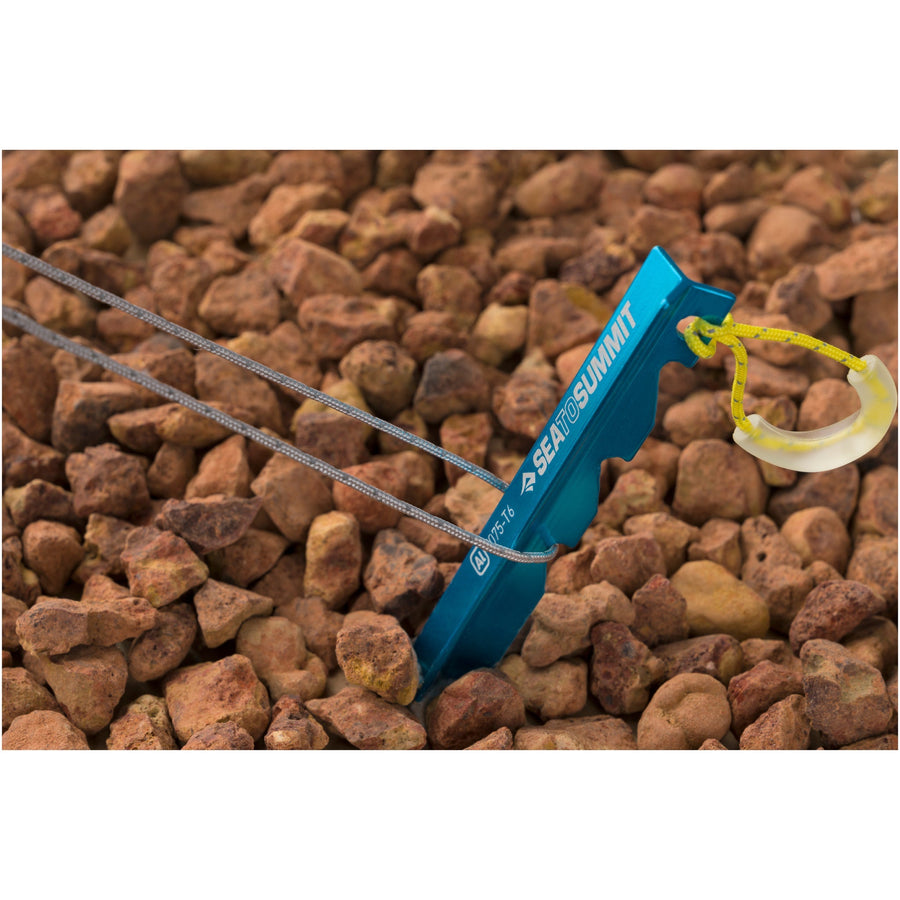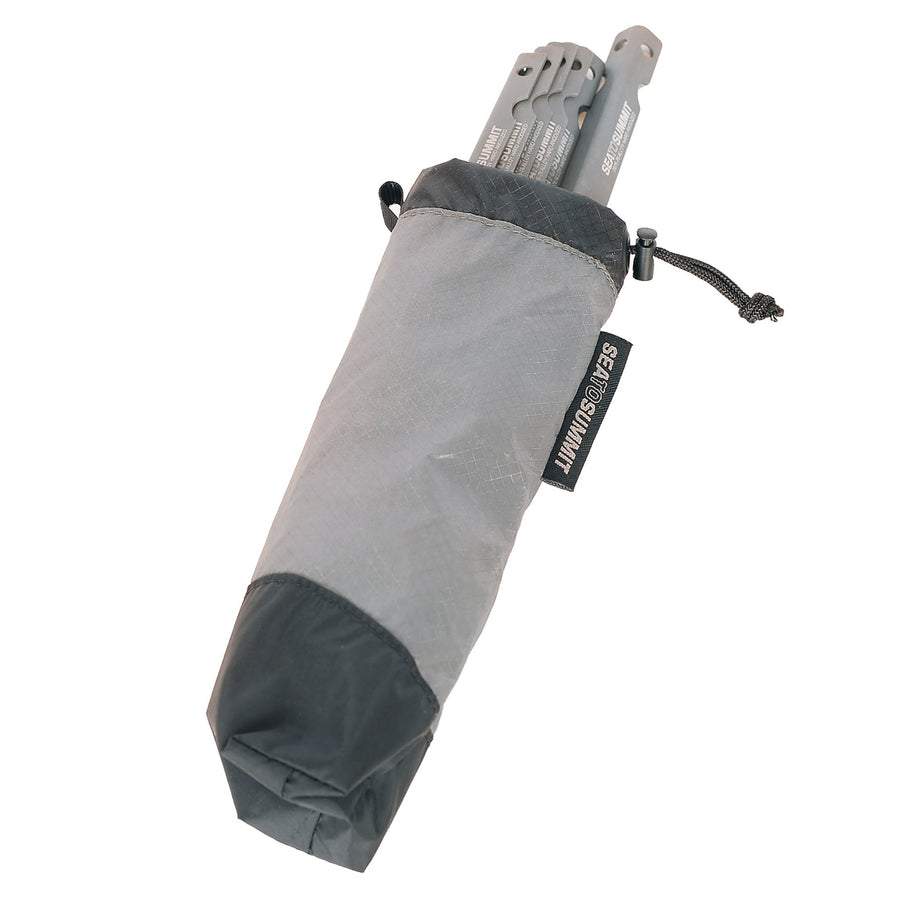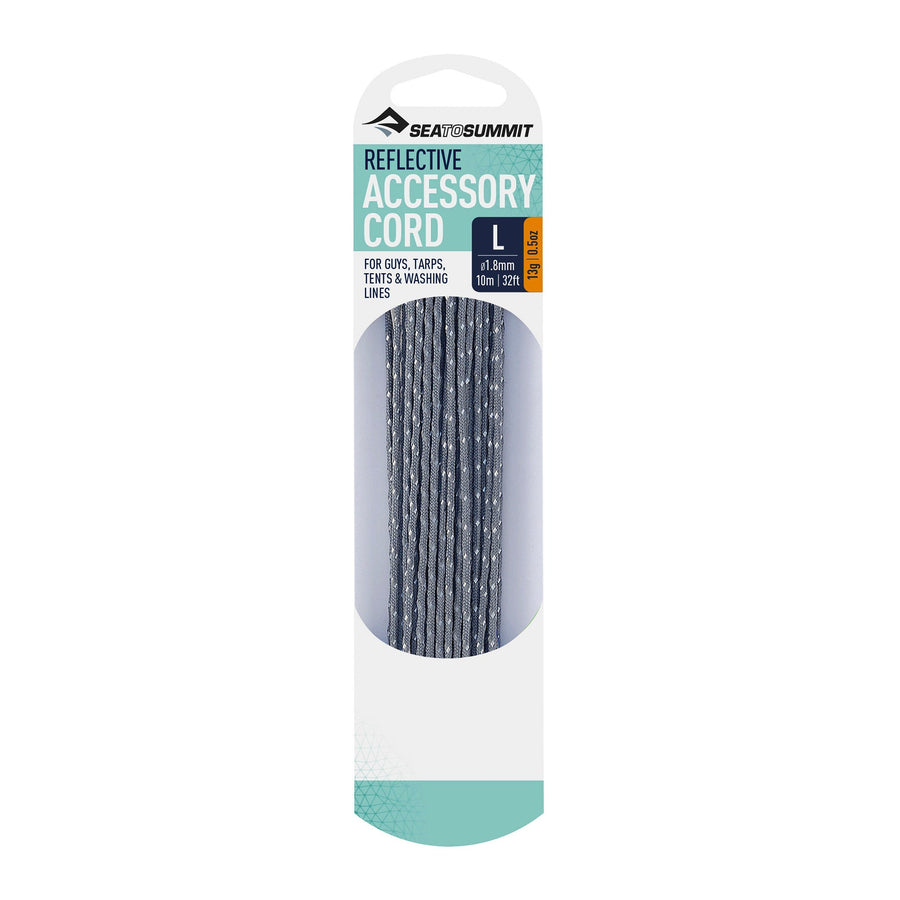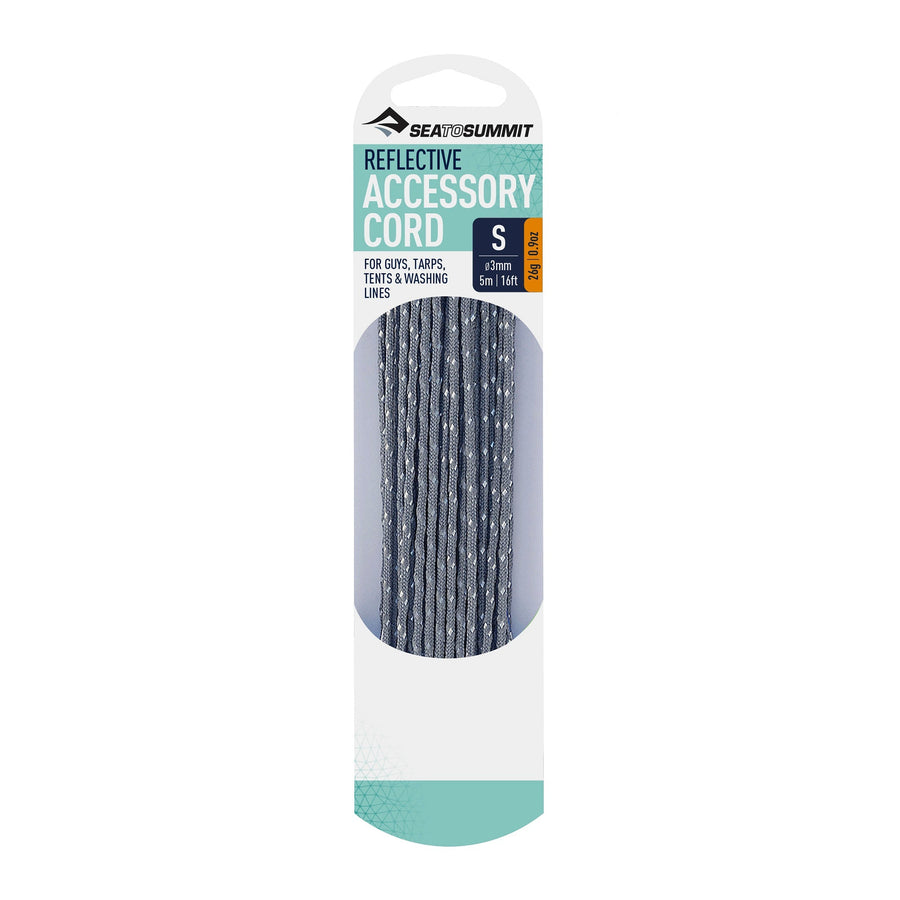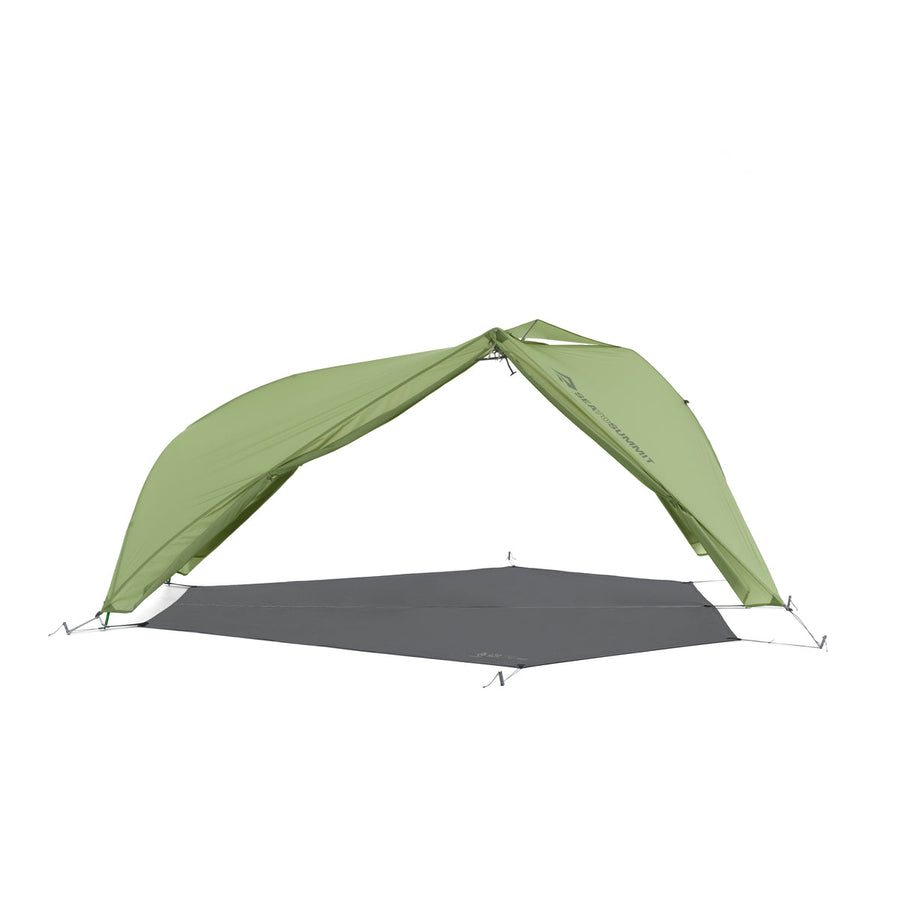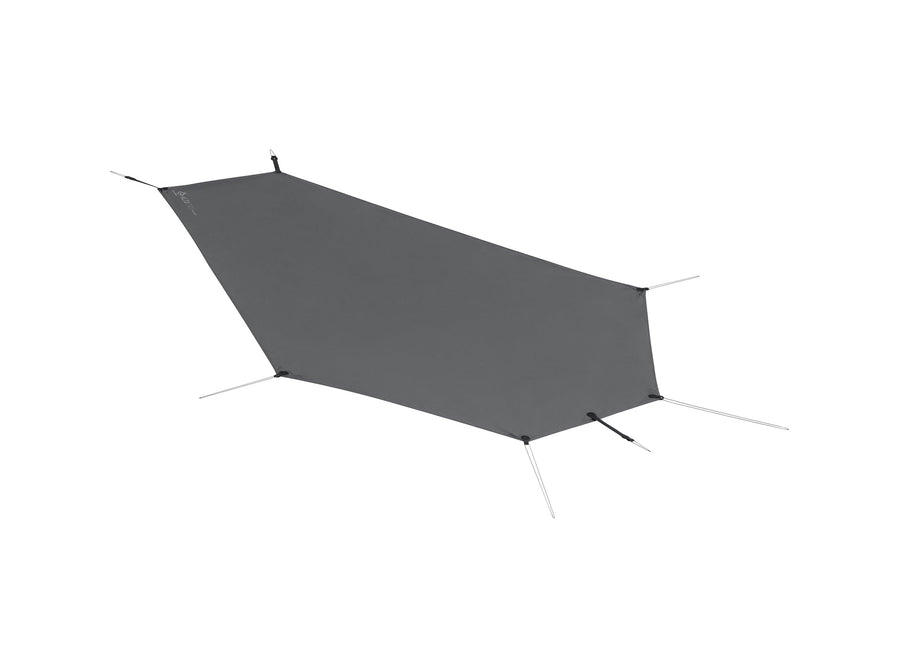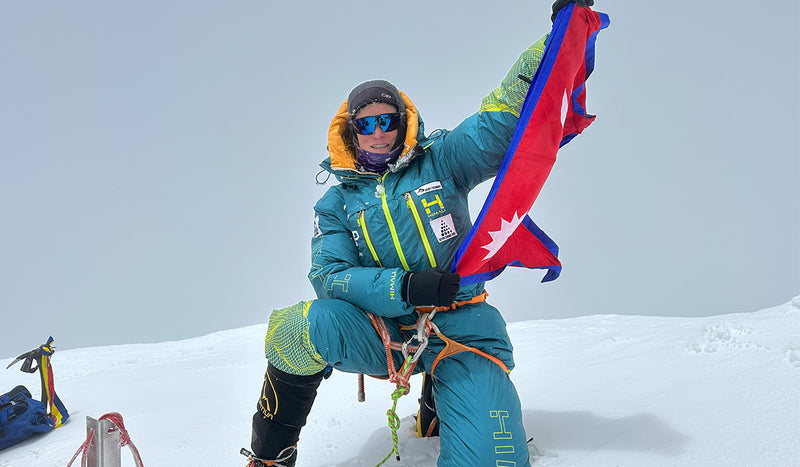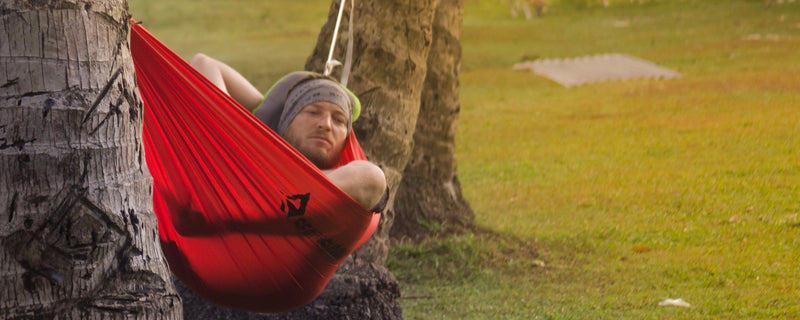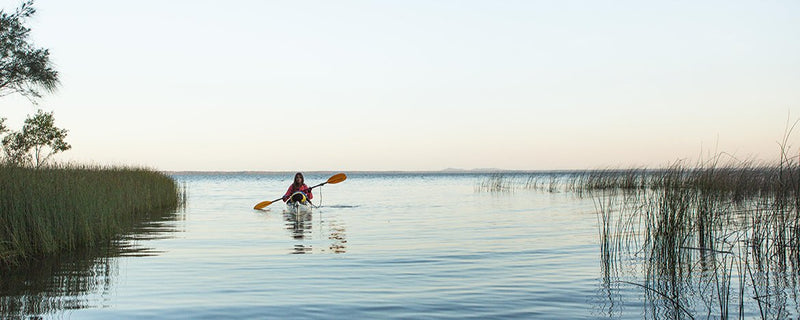Why backpacking quilts deserve a place in your pack

When it comes to camping outdoors, a trusty sleeping bag is hard to look past. But there is another option (and a very good option at that)—the backpacking quilt.
Technical backpacking and camping quilts provide incredible versatility and comfort for sleeping in the outdoors. Up until recently, these ultralight quilts have been a bit of a niche product—but more and more people are realizing just how good the quilt life can be.
Admittedly, I was a bit of ‘quilt-denier’ until recently. But after testing the Sea to Summit’s new quilt range in the wild, I'm a convert.
Is a backpacking quilt the best choice for your next camping trip?
There are plenty of reasons to switch to a quilt for your next trip— from versatility and freedom of movement to impressive technical performance.
Quilts = versatility
Sleep systems have a job to do—to keep you warm and comfortable enough to sleep wherever you are. Of course, this covers a wide range of temperatures, settings, activities and climates. Now throw in your personal preferences for comfort, and you have a lot of different sleeping scenarios to cater for.
Backpacking quilts are great because they’re ultra-adaptable. Warm one night? Use your quilt in open mode, not strapped to the mattress. For colder conditions, secure the quilt snugly to the mattress and get cozy. Chilly mornings hanging around camp? Wrap your quilt around you as you move about. Got a down or synthetic sleeping bag that isn’t quite toasty enough for winter? Combine it with a quilt to increase the warmth. The list goes on.

Freedom of movement
One of the most noticeable differences between a sleeping bag and camping quilt is freedom of movement. If a sleeping bag to be lightweight and compact, the internal width will be limited. If you’re a sleeper that moves around in the night, or likes to throw a leg out into the night air, a quilt offers huge advantages.
Backpacking quilts are surprisingly technical
When most people think of camping quilts, they think of a simple blanket—like a duvet or doona (depending on where you’re from). The Sea to Summit backpacking quilts are different. They’re feature-rich, highly practical and carefully designed to meet the needs of outdoors enthusiasts. They've been engineered to solve the often complex, ever-changing and diverse situations that are encountered when sleeping outside.
Compact and ultralight
Just like the rest of the Sea to Summit sleep systems, the new range of quilts has been designed to be compact and very lightweight. The down and synthetic fills are high-loft and compress very efficiently, and the fabrics, straps and zippers are minimalist, durable and high-performing. All of the quilts come with the same style of nifty compression sack that users of Sea to Summit sleeping bags will be familiar with.

Integrating your backpacking quilt with your sleep system
The new Sea to Summit quilts are designed to completely integrate with sleeping mats and sleeping bags. The quilts cleverly attach to the mattresses via clips and drawstring at the foot and the quilts can be secured to sleeping bags to boost warmth. Throw in a sleeping bag liner and secure a lightweight pillow to the mat via the PillowLock system and your sleep system is complete!
But what if I don’t have a Sea to Summit sleeping mat?
It’s all good. If your sleeping mat is from another brand, the quilts will still integrate fine. Especially if the pad is a similar ‘mummy’ style that tapers to be a bit narrower at the foot end.

The NEW Sea to Summit Quilt range
Ember Quilts—updated
The updated Ember quilts are packed full of high-lofting 850+ Premium Goose ULTRA-DRY Down, wrapped in ultralight 10D shell fabric with ultralight 7D liner. So, it’s safe to say, the Ember range is all about technical performance—being ultralight, compact/compressible with an incredible warmth-to-weight ratio.
The Ember EB I has square-shaped sewn-through baffles and a 4°C to 10°C comfort temperature range. The Ember EB II has box baffles throughout, and vertical baffles strategically placed on the upper chest section to keep down in place during the night. The temperature range is from -4°C to 2°C. The Ember EB III has box baffles throughout, like the EB II, but even more fill, giving it a toasty -10°C to -4°C temperature range. All three are available in a regular or long variant.
Cinder Quilts—NEW!
The Cinder CD quilt is filled with 750+ loft ULTRA-DRY Down. The grey 20D Nylon Nanoshell outer fabric is lightweight, waterproof, breathable and surprisingly durable. Inside, a soft-touch 20D nylon is a dream against the skin. The recommended comfort temperature range of the cinder is from 3°C to 10°C. It’s available in a regular or long variant.
Glow Quilts—NEW!
Rounding out the quilt range is the synthetic-insulation-filled Glow GW. Synthetic fill isn’t going to be as high-lofting or compressible as the down options—but it does have its advantages. Resistance to wet conditions is the big one, where down loses almost all its ability to insulate when soaked (though treated ULTRA-DRY Down has improved this a bit), a synthetic fill will retain most of its thermal properties. Caring for and washing a synthetic quilt is also easier and the purchase cost will be lower. The recommended temperature range of the Glow is from 3°C to 10°C. Like the Cinder, the Glow is available in just one temperature option, and a regular or long variant.

Attachment and adjustment
As mentioned above, the Sea to Summit backpacking quilts are designed to integrate harmoniously with a sleeping pad and sleeping bag. There are four adjustable straps along the length of each quilt. These clip together underneath your sleeping mat, holding the quilt in place. When the straps are pulled tight, it further wraps the quilt around the sides of the pad a little, eliminating unwanted drafts.
The foot area of the quilt is adjusted by a drawstring that pulls the quilt into a foot-box shape, tucking it under and around the end of the pad. At the head-end of the quilt, another drawstring, along with two elasticated hand-pouches on the corners, allows you to pull the quilt in even more snugly around your neck.
A clever feature of the quilt range is how they integrate with the Sea to Summit Sleeping bags. Press studs on the quilts align with matching points on the top of most sleeping bags in the Sea to Summit range, which the foot box wraps under at the end. Essentially giving a sleeping bag a huge boost in warmth when combined.

How to choose the right temperature rating for your quilt
Across the Sea to Summit quilt range there is a recommended temperature range provided. Keep in mind that this is intended as a guide. Real-world experience will vary depending on the conditions, the sleeping mat used, the clothing worn and, of course, how warm each person sleeps.
What's the best backpacking quilt for winter?
The Ember III quilt is a very warm quilt—one that’s suitable for below-freezing. Even still, you’ll likely want to combine it with a hooded jacket, a beanie and a well-insulated mattress. A lot of heat can be lost through the head and the cold, hard ground. Top tip: a lightweight Down Pillow is a great way to add some extra noggin warmth to your winter sleep system setup.
QUILT MYTHS BUSTED!

‘Quilts are drafty’
Some certainly would be—but not these ones. Sea to Summit’s range of quilts has been designed to eliminate unwanted drafts. As mentioned earlier, they can be wrapped around your sleeping mat to retain heat or opened up for more ventilation. Options, it’s all about options.
‘Quilts don’t stay in place’
‘There’s no insulation on the bottom—I’ll get cold’
Correct, a camping quilt doesn’t provide insulation from below, that’s taken care of by your mattress! By combining your quilt with an insulated mattress, cold coming from below will not be an issue. Besides, any sleeping bag insulation that you’re laying on will not be able to loft enough to provide much insulation.

So, is a backpacking quilt right for you? (and which one)
A backpacking quilt will not be perfect for all situations or everyone’s tastes. In extreme climates, where the temperatures drop far below freezing regularly, a quilt used alone will not provide sufficient insulation. But, for people who less regularly spend time in extreme cold, combining a backpacking quilt with a sleeping bag could be a great option. This combo will give you a lightweight modular sleep system that can be mixed and matched for different camping trips.
For people who live in cool to warmer climates, and value things like versatility and freedom-of- movement, a quilt will be a very appealing option. The down models (Cinder and Ember) will be warmer for the weight and the Glow will perform better in wet conditions.
Personally, I feel the Cinder offers an appealing combo of weight, loft, warmth, durability and cost. Whilst the Ember clearly wind best-in-class for technical performance—for when reducing bulk is crucial. The Glow will shine in wet conditions and when a cheaper, easy-care solution is required.

Putting Sea to Summit Backpacking quilts to the test
Being a tall (190cm, or 6ft 3in), lanky camper, who feels confined in most sleeping bags, the freedom-of-movement when using a backpacking quilt was a revelation. I move around a lot too in the night—I feel too warm, too constricted and get all twisted up in sleeping bags.
In comparison, sleeping under a quilt was a revelation. Freeing, versatile and very comfortable. On those occasions when the temperature dropped or a breeze picked up, I simply cinched in the straps and drawcords to ensure a warm sleep.
Living in Queensland, which is a warmer region of Australia, a lot of my outdoors trips are in warm-to-cooler weather. Where the overnight lows are in the single digits but rarely below. A lighter backpacking quilt like the Cinder is perfect—and will be joining me on many adventures to come.
Before actually using an ultralight quilt in the wild, I was immensely skeptical. Old habits linger, and looking back to so many nights twisted up in a clammy sleeping bag, I ought to have known there was a better way. Yet, somehow, I couldn’t shake my loyalty to sleeping bags. That’s all changed now. Thankfully, I’ve now given technical quilts a fair chance. After that very first night, I’m a convert.
